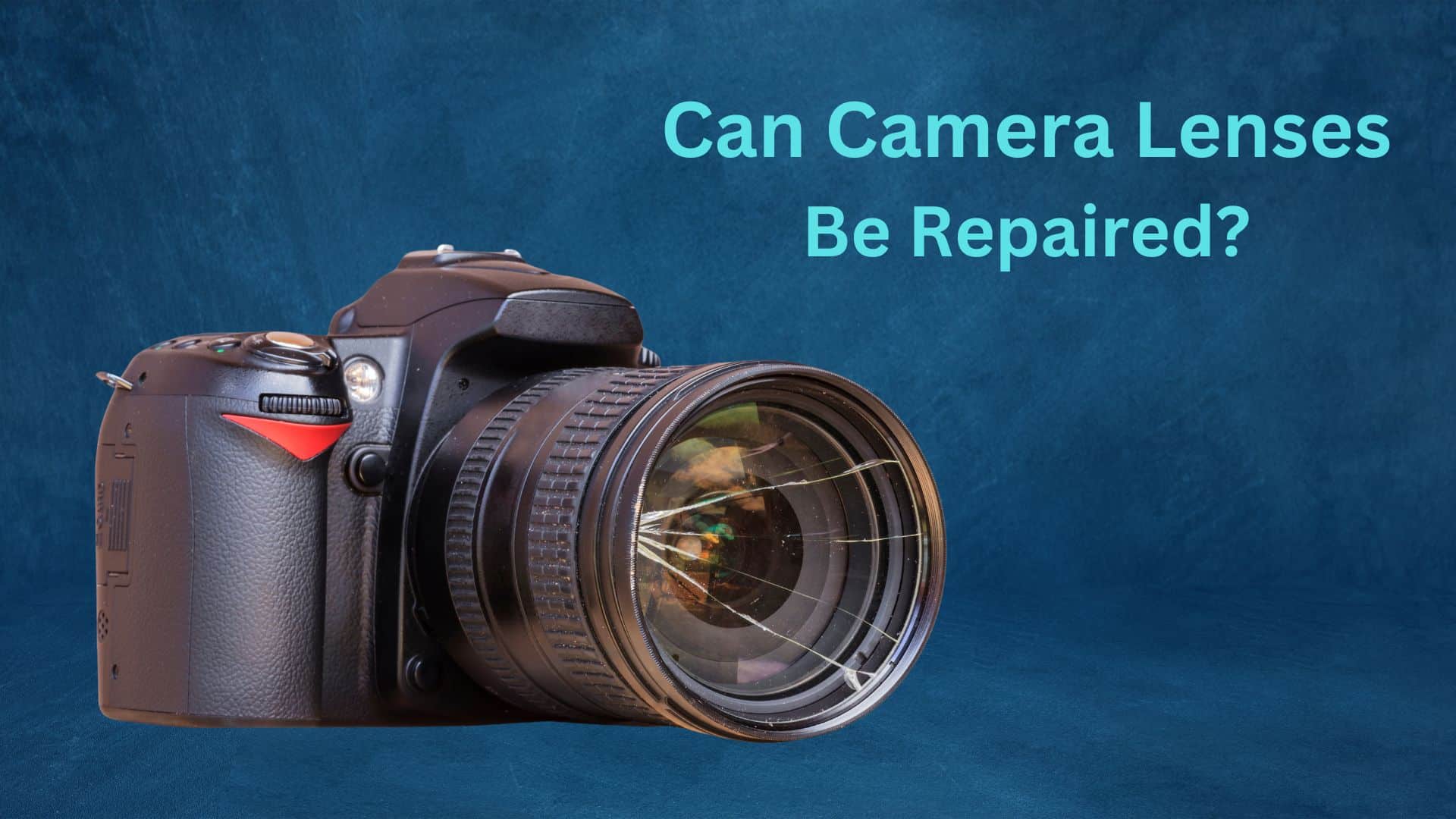Camera lenses are the unsung heroes of photography, transforming light into art. However, like any finely tuned instrument, they are susceptible to damage, wear, and tear over time. The question often arises: can camera lenses be repaired? In this comprehensive exploration, we delve into the fascinating world of lens repair, uncovering the intricacies, challenges, and possibilities that come with restoring these essential tools of visual storytelling.
Understanding the Anatomy of Camera Lenses:
Before we delve into the repair process, it’s crucial to understand the complex anatomy of camera lenses. A typical lens consists of multiple glass elements meticulously arranged to control light, focus, and distortion. These elements are housed within a sturdy barrel, often constructed from metal or high-quality plastic. Additionally, lenses incorporate intricate mechanisms for aperture control, autofocus, and image stabilization, all working together to produce sharp, vibrant images.
Common Lens Issues and Their Causes:
Camera lenses can encounter a myriad of issues, ranging from minor scratches to major mechanical failures. Some of the common problems include:
- Scratches or Damage to Lens Glass: Accidental drops or contact with abrasive surfaces can result in scratches or chips on the lens glass, affecting image quality.
- Autofocus or Manual Focus Malfunction: Issues with focusing mechanisms can arise due to wear and tear, dust accumulation, or damage to internal components such as motors or gears.
- Aperture Control Problems: A malfunctioning aperture can lead to inconsistent exposure or difficulty in achieving desired depth of field. This issue may stem from damage to aperture blades or electronic failures.
- Image Stabilization Failure: Many modern lenses come equipped with image stabilization systems, which can fail due to mechanical issues or electronic faults.
- Loose or Stuck Components: Lens barrels, focusing rings, or zoom mechanisms may become loose or jammed over time, impeding smooth operation.
Feasibility of Lens Repair:
Whether a lens can be repaired depends on various factors, including the extent of damage, availability of replacement parts, and the complexity of the repair process. In many cases, minor issues such as loose components or minor scratches can be rectified through simple repairs or adjustments. However, severe damage to critical components like lens elements or electronic circuits may render the lens irreparable or cost-prohibitive to repair.
Repair vs. Replacement:
When faced with a damaged lens, photographers often find themselves at a crossroads: should they opt for repair or invest in a new lens altogether? Several factors influence this decision:
- Cost of Repair: The cost of repairing a lens can vary significantly depending on the nature of the damage and the lens’s make and model. In some cases, repair costs may approach or even exceed the price of purchasing a new lens.
- Extent of Damage: Minor issues such as cleaning or minor adjustments may warrant repair, whereas extensive damage to critical components may necessitate replacement.
- Availability of Parts: Older or discontinued lenses may face challenges in sourcing replacement parts, making repair impractical or impossible.
- Value of the Lens: High-end or specialized lenses hold significant value, making them worth repairing even at a higher cost. Conversely, cheaper or kit lenses may be more disposable, with replacement being a more viable option.
The Repair Process:
For minor repairs or adjustments, photographers with technical expertise may attempt DIY solutions following online tutorials or repair guides. However, complex repairs involving disassembly or calibration are best left to professional technicians with specialized tools and training. The repair process typically involves the following steps:
- Diagnosis: Identifying the root cause of the issue through visual inspection, testing, and troubleshooting.
- Disassembly: Dismantling the lens to access internal components and assess the extent of damage.
- Repair or Replacement: Repairing or replacing damaged parts such as lens elements, motors, circuits, or mechanical assemblies.
- Cleaning and Calibration: Thorough cleaning of lens elements and recalibration of focusing, aperture, and stabilization mechanisms to ensure optimal performance.
- Reassembly and Testing: Reassembling the lens and conducting rigorous testing to verify functionality and image quality.
Professional Repair Services:
For complex repairs or issues requiring specialized equipment, seeking assistance from professional repair services is advisable. Many camera manufacturers offer official repair services, ensuring quality repairs using genuine parts and trained technicians. Additionally, third-party repair centers specializing in camera equipment may provide cost-effective alternatives, although it’s essential to research their reputation and expertise before entrusting them with valuable lenses.
Conclusion:
In conclusion, the repairability of camera lenses depends on various factors, including the nature of damage, availability of parts, and cost considerations. While minor issues can often be resolved through DIY repairs or professional servicing, severe damage may render a lens irreparable or uneconomical to fix. Ultimately, photographers must weigh the pros and cons of repair versus replacement based on the lens’s value, the extent of damage, and budgetary constraints. By understanding the repair process and making informed decisions, photographers can prolong the lifespan of their lenses and continue capturing stunning images for years to come.
FAQs: Can Camera Lenses Be Repaired?
- Can scratches on camera lenses be repaired?
- Yes, minor scratches can often be polished out, while deeper scratches may require professional repair.
- How much does it cost to repair a camera lens?
- Repair costs vary depending on the extent of damage and the lens model, ranging from relatively inexpensive to costly.
- Can autofocus issues in lenses be fixed?
- Yes, autofocus issues can often be repaired by adjusting or replacing internal components.
- Are DIY repairs recommended for camera lenses?
- It depends on the complexity of the issue; simple tasks like cleaning may be suitable, but complex repairs are best left to professionals.
- Is it worth repairing an older camera lens?
- It depends on the lens’s value, availability of parts, and repair costs; sometimes replacement may be more cost-effective.


